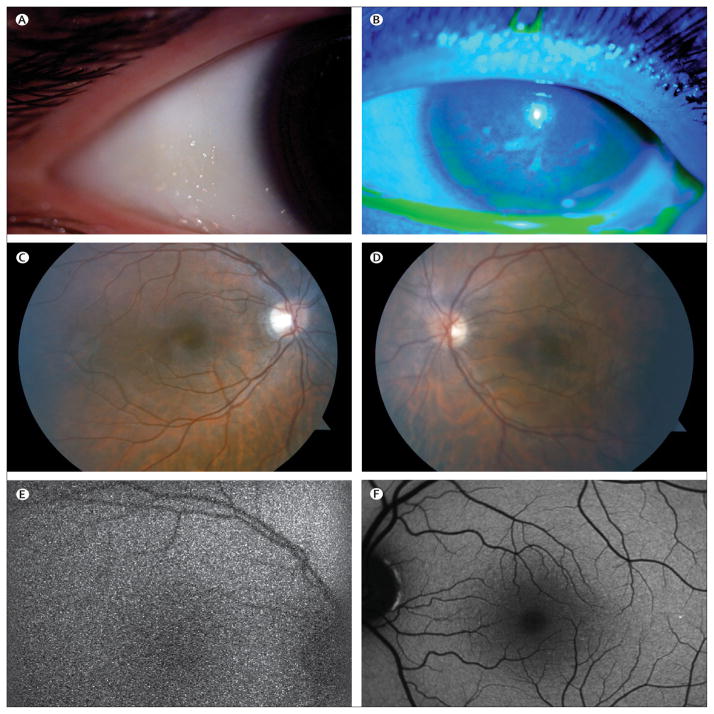Alexandra Braunstein
Alexandra Braunstein, MD
1Edward S. Harkness Eye Institute, Columbia University, New York, NY, USA (A Braunstein MD, D Trief MD, N-K Wang MD, S Chang MD, S H Tsang MD); Bernard and Shirlee Brown Glaucoma Laboratory, Department of Pathology & Cell Biology, Columbia University, New York, NY, USA (N-K Wang MD, S H Tsang); and Department of Ophthalmology, Chang Gung Memorial Hospital, Linkou, Taiwan (N-K Wang)
1,
Danielle Trief
Danielle Trief, MD
1Edward S. Harkness Eye Institute, Columbia University, New York, NY, USA (A Braunstein MD, D Trief MD, N-K Wang MD, S Chang MD, S H Tsang MD); Bernard and Shirlee Brown Glaucoma Laboratory, Department of Pathology & Cell Biology, Columbia University, New York, NY, USA (N-K Wang MD, S H Tsang); and Department of Ophthalmology, Chang Gung Memorial Hospital, Linkou, Taiwan (N-K Wang)
1,
Nan-Kai Wang
Nan-Kai Wang, MD
1Edward S. Harkness Eye Institute, Columbia University, New York, NY, USA (A Braunstein MD, D Trief MD, N-K Wang MD, S Chang MD, S H Tsang MD); Bernard and Shirlee Brown Glaucoma Laboratory, Department of Pathology & Cell Biology, Columbia University, New York, NY, USA (N-K Wang MD, S H Tsang); and Department of Ophthalmology, Chang Gung Memorial Hospital, Linkou, Taiwan (N-K Wang)
1,
Stanley Chang
Stanley Chang, MD
1Edward S. Harkness Eye Institute, Columbia University, New York, NY, USA (A Braunstein MD, D Trief MD, N-K Wang MD, S Chang MD, S H Tsang MD); Bernard and Shirlee Brown Glaucoma Laboratory, Department of Pathology & Cell Biology, Columbia University, New York, NY, USA (N-K Wang MD, S H Tsang); and Department of Ophthalmology, Chang Gung Memorial Hospital, Linkou, Taiwan (N-K Wang)
1,
Stephen H Tsang
Stephen H Tsang, MD
1Edward S. Harkness Eye Institute, Columbia University, New York, NY, USA (A Braunstein MD, D Trief MD, N-K Wang MD, S Chang MD, S H Tsang MD); Bernard and Shirlee Brown Glaucoma Laboratory, Department of Pathology & Cell Biology, Columbia University, New York, NY, USA (N-K Wang MD, S H Tsang); and Department of Ophthalmology, Chang Gung Memorial Hospital, Linkou, Taiwan (N-K Wang)
1
1Edward S. Harkness Eye Institute, Columbia University, New York, NY, USA (A Braunstein MD, D Trief MD, N-K Wang MD, S Chang MD, S H Tsang MD); Bernard and Shirlee Brown Glaucoma Laboratory, Department of Pathology & Cell Biology, Columbia University, New York, NY, USA (N-K Wang MD, S H Tsang); and Department of Ophthalmology, Chang Gung Memorial Hospital, Linkou, Taiwan (N-K Wang)
✉Correspondence to: Dr Stephen H Tsang, Edward Harkness Eye Institute, 160 Fort Washington Ave, Research Annex, Room 513, New York, NY 10032, sht2@columbia.edu



